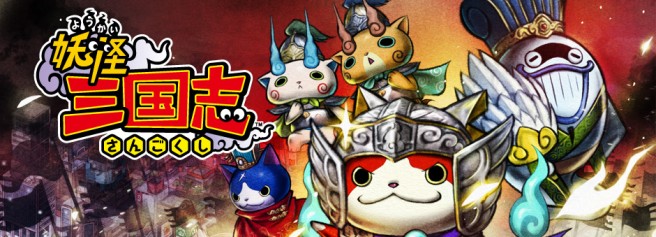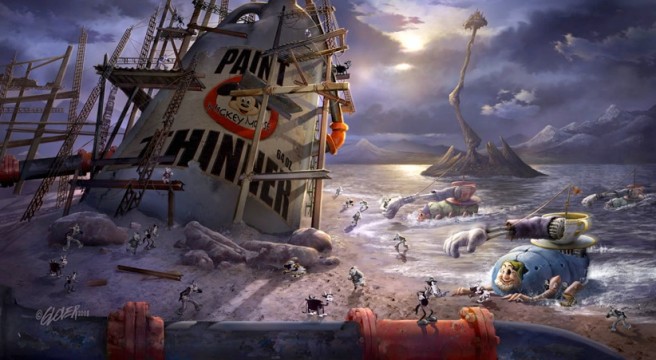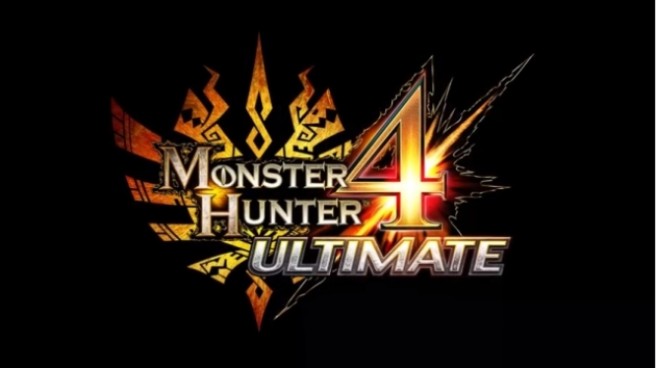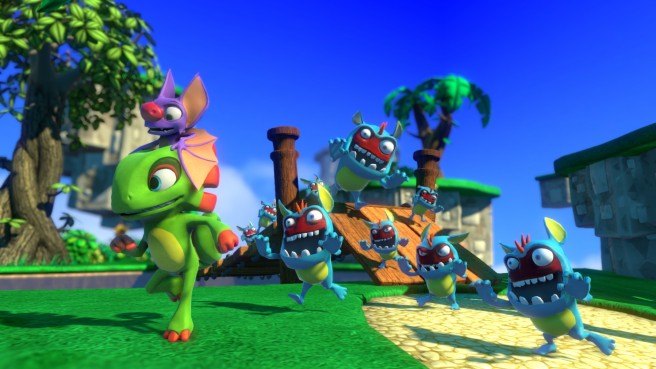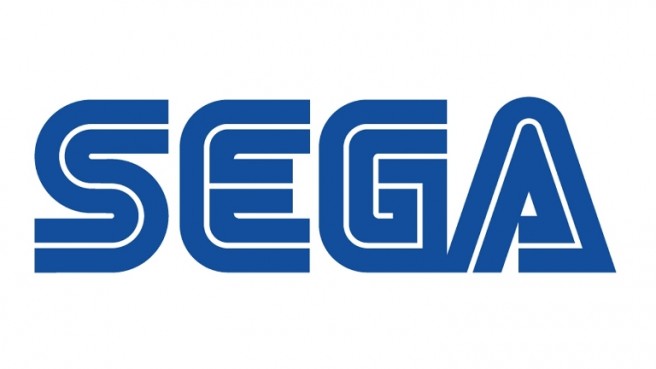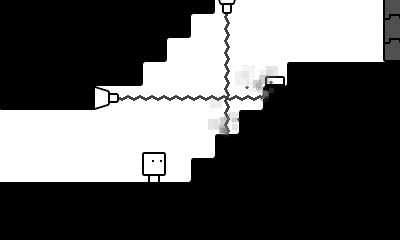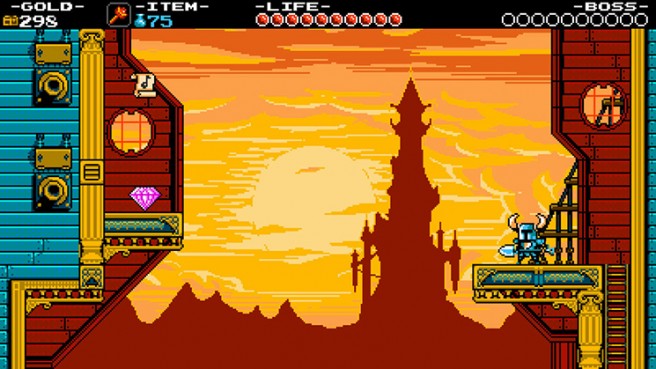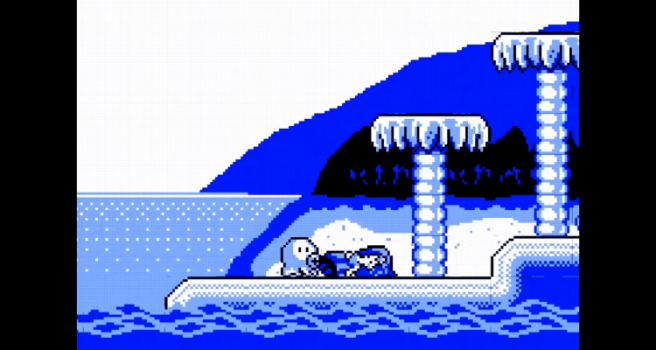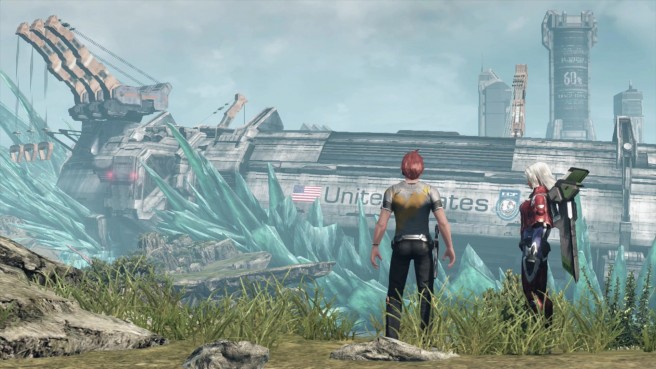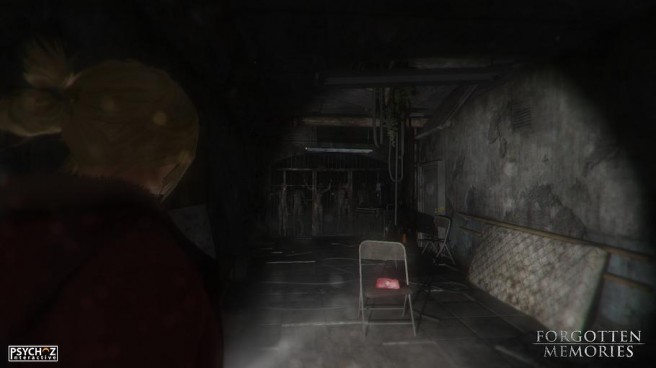Koei Tecmo talks a bit about Yo-Kai Sangokushi, strong Hyrule Warriors sales
Posted on 10 years ago by Brian(@NE_Brian) in 3DS, News, Wii U | 0 comments
During Level-5’s “Vision” event in March, a few new 3DS games were announced. One of these was Yo-Kai Sangokushi, which is a new collaboration title in partnership with Koei Tecmo.
This week’s issue of Famitsu has an interview with Koei Tecmo Games head Hisashi Koinuma. As expected, Yo-Kai Sangokushi was one of the things the magazine asked about.
Famitsu starts off by mentioning that he surprised by the fact that Yo-Kai Sangokushi is a collaborative title between Yo-Kai Watch and Romance of the Three Kingdoms. This led Koinuma to say:
Romance of the Three Kingdoms has its 30th anniversary in 2015, so everyone in the company is excited. I think Yo-Kai Sangokushi is a fitting title to adorn the 30th anniversary. I’m especially happy that Level-5 president Akihiro Hino likes Romance of the Three Kingdoms.
More: Famitsu, Hyrule Warriors, interview, Koei Tecmo, Level-5, top, Yo-Kai Sangokushi
Warren Spector on Epic Mickey – dark concept art, couldn’t show Mickey’s teeth, wanted a movie
Posted on 10 years ago by Brian(@NE_Brian) in News, Wii, Wii U | 6 Comments
Epic Mickey director Warren Spector held a Reddit AMA a few days back. Spector shared plenty of insight about the original game and its sequel, and tackled some very interesting questions. He was asked about topics like Epic Mickey’s dark concept art that never seemed to be realized, how he tried pitching a film based on the series to Disney, and the one thing about Mickey he couldn’t show.
You can find a full roundup of Spector’s comments below. They’re certainly worth checking out!
Monster Hunter 4 Ultimate devs on the item drop rate, Tetsuya Nomura armor set, more
Posted on 10 years ago by Brian(@NE_Brian) in 3DS, News | 0 comments
Siliconera has a new interview up with a couple of the developers behind Monster Hunter 4 Ultimate. The site spoke with executive director Kaname Fujioka as well as executive producer Ryozo Tsujimoto. Between the two, they commented on topics like Monster Hunter 4 Ultimate’s item drop rate, how the Tetsuya Nomura armor set collaboration came about, and more.
We’ve gathered up some excerpts from the interview below. The full discussion can be found here.
Playtonic talks a bit about bringing Yooka-Laylee to Wii U, still interested in amiibo
Posted on 10 years ago by Brian(@NE_Brian) in General Nintendo, News | 3 Comments
Playtonic intends to create 3D platformer Yooka-Laylee for various platforms, including Wii U. One of the reasons this has been made possible is due to the Unity engine (which the game is built on), as it allows for a great deal of flexibility. Playtonic may encounter some issues along the way, but the team is “looking forward” to bringing Yooka-Laylee to Nintendo’s console, and the team’s passionate Wii U technical director should help in getting it up and running.
The studio’s Gavin Price told MCV:
Our engine, Unity, is multi-platform. But we will see what happens when we try switching on all the dev kits we will be receiving in the future. We have still got that hurdle to come across. But we are looking forward to it. We have a very good technical director, and he is a big Wii U fan. So we will be looking for parity across all the platforms if we can. And it would be nice to take advantage of a few platform features or exclusive content.
The possibility of amiibo support is something that Playtonic has mentioned before. It’s something that the company still hopes to pursue, but there’s no news on that front just yet.
With any big company, these discussions don’t happen as fast as us as a team of seven would like. When we want to do something, we can do it tomorrow. But when you are working with partners, we have to work with them at their speed. So something in that area is still very much in our plans, and there is nothing that is impossible to overcome, so what we do with that we will reveal at the right time. But we know what our own expectations are, because we are fans of this stuff ourselves, so we know what is right and what is expected.
More: Amiibo, Gavin Price, interview, Playtonic, Yooka-Laylee
SEGA open to creating more 3D Classics
Posted on 10 years ago by Brian(@NE_Brian) in News, Screenshots | 8 Comments
SEGA recently announced three new 3D Classics. 3D Streets of Rage 2, 3D Gunstar Heroes, and 3D Sonic The Hedgehog 2 have been added to the latest wave rather than starting a new series of re-releases. While SEGA has no plans to produce a third wave at present, there’s definitely some interest there.
Famitsu recently spoke with SEGA’s Yosuke Okunari and M2’s Naoki Horii about the possibility of more titles. In response, the two said:
Yosuke Okunari (Sega Games): These games aren’t the start of a new series [of re-releases; rather, they’re the second wave of games within a series] so we have no plans for the future.
Naoki Horii (M2): None at all!
Okunari: These three titles were put out for download overseas simply as an extension [to the existing series]. This really is the end for the second wave [of Sega 3D Classics]. Of course we want to consider the development of a third wave based on the response to this second wave, but we have no plans at this point in time. We’ll look at the big picture, that is, we’ll look at the sales trends of the physical release of the Sega 3D Classics line that went on sale last year [in Japan] as well as how the upcoming three titles perform in the global market. We’re happy to do this indefinitely if sales are good.
BoxBoy! director talks about how the game came about, placeholder visuals became the final visuals
Posted on 10 years ago by Brian(@NE_Brian) in 3DS eShop, News | 0 comments
BoxBoy! director Yasuhiro Mukae has elaborated on the game’s origins.
Speaking with Siliconera, Mukae said:
First off, let me thank you for mentioning some of HAL Laboratory’s past titles. Regarding BOXBOY!’s design process, that got its start when the company began to field new ideas for games and I submitted the BOXBOY! design proposal I had come up with earlier.
After that, a few staffers that saw the potential in the design created a prototype game we could play within the company.
It was officially established and launched as a project once we submitted the project’s design document and proposal as a set. That marked the beginning of BOXBOY!’s development.
Mukae also discussed how the idea for BoxBoy! evolved into a full game. In doing so, he revealed that its placeholder visuals became the final visuals after he “drew in the design document and realized that they really had an impact, a uniqueness that differentiated it from other games.”
More: BOXBOY!, HAL Laboratory, interview, Yasuhiro Mukae
Yacht Club dev would like to see Tingle in Shovel Knight, wanting the character in Smash Bros.
Posted on 10 years ago by Brian(@NE_Brian) in 3DS, 3DS eShop, News, Wii U, Wii U eShop | 13 Comments
In the PlayStation versions of Shovel Knight, Yacht Club included a special stage featuring Sony’s Kratos character. The same was done for the Xbox One version, which has a Battletoads boss level. There’s nothing similar to speak of at present for Shovel Knight on Wii U or 3DS, but that doesn’t mean Yacht Club Games isn’t interested in the possibilities. Far from it actually!
In an interview with GamingBoulevard, Yacht Club Games’ David D’Angelo spoke about the character he’d like to see in the Nintendo versions of Shovel Knight if the opportunity presented itself:
Who knows?! It’d be amazing to work with a Nintendo IP. They have so many great ones to choose from. I usually go for the weirdos, so Tingle would be right up my alley.
Elsewhere in the interview, D’Angelo spoke about his interest in seeing Shovel Knight in Smash Bros.:
Absolutely, Shovel Knight in smash would be incredible! We play Smash Bros. pretty much every day, and to see our character as part of the roster would be an amazing honor! Lots of our fans have come up with really great descriptions for attacks and final smashes, I’d suggest checking them out!
Tasukete Tako-San: Save me Mr Tako creator wants to bring the game to New 3DS
Posted on 10 years ago by Brian(@NE_Brian) in 3DS eShop, New Nintendo 3DS, News | 0 comments
Tasukete Tako-San: Save me Mr Tako is coming to Wii U, but a 3DS version hasn’t been announced thus far. Thanks to the announcement of Unity support for the New 3DS, that could change in the future.
Creator Christophe Galati indicated to Always Nintendo that he is “really hoping” to make Tasukete Tako-San: Save me Mr Tako for 3DS at some point. Wii U was chosen as his main option because “3DS wasn’t a viable option at the time”, though being able to run Unity on Nintendo’s newest handheld would remedy the situation.
Galati’s full words are as follows:
Yeah, when I heard that news I was really happy. The whole reason for choosing to bring Tako to Wii U was because 3DS wasn’t a viable option at the time, but since this game is obviously a tribute to Game Boy games, I definitely envisioned it as a handheld experience. I’m really hoping to bring it to 3DS eventually.
Xenoblade Chronicles X executive director on HD development and more
Posted on 10 years ago by Brian(@NE_Brian) in News, Wii U | 4 Comments
Xenoblade Chronicles X is finally coming to Japan next week. With the game’s release so close, Joshin Web was able to ask director Tetsuya Takahashi about the Wii U game. We’ve now translated a few notable quotes.
One question has Takahashi being asked about Xenoblade Chronicles X’s development. In turn, he discusses the challenges working on an HD title for the first time.
He said:
An open world is a single phrase, but it wasn’t a simple thing to realize. As you know, it was our first HD title. The environment for development was drastically different compared to anything we had done before when it comes to distributing resources or formulating workloads. You can’t expect things to get done in a day and it finally took form as a result of many adjustments. There were many hardships, but it was worth the trouble as the gameplay turned out to be pleasant, even if I say so myself!
Forgotten Memories: Alternate Realities to have improved visuals and extra content on Wii U
Posted on 10 years ago by Brian(@NE_Brian) in News, Wii U eShop | 3 Comments
Forgotten Memories: Alternate Realities is already out on iOS. However, it’s still slated for a couple of platforms including Wii U.
Speaking with Siliconera, producer and art director Wilfried Marcadet explained what this version of Forgotten Memories will offer:
That’s the idea, we are improving graphics on consoles and they will probably get some extra content. Vita and Wii U already support physical buttons and touch controls (simultaneously).
There’s still no specific release date for Forgotten Memories on Wii U. For now, check out the game’s original launch trailer below.
